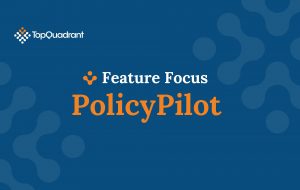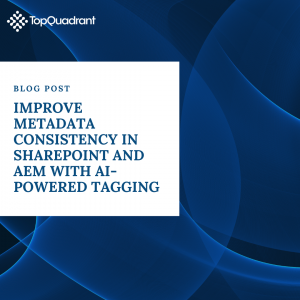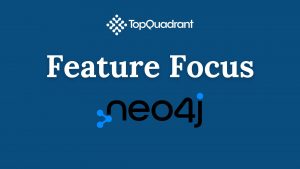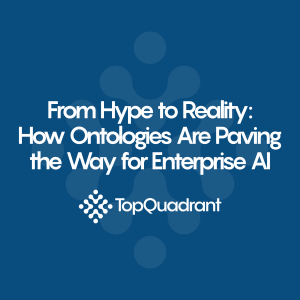Taxonomies can be powerful tools for creating dynamic website experiences.
With TopBraid EDG, you can take it steps further by aligning those taxonomies with enterprise analytics.
Harmonize
content tags and publish them as data products.
Build
advanced search and personalized experience options with rich semantic meaning.
Unite
standardize content tags with enterprise analytics.
Enhanced search
By deciphering context, semantics enable your platform to deliver more accurate and relevant content, ensuring users find what they’re looking for effortlessly.
Personalized Experiences Through Adaptive Taxonomies
With adaptive taxonomies, you can tailor content recommendations, suggest related articles, and personalize user interfaces based on individual preferences.
Dynamic Navigation and Faceted Search
Faceted search empowers users to filter and sort content according to their interests. Dynamic navigation ensures users can easily find and explore the content that matters most to them, enhancing overall satisfaction and usability.
United internal teams
Bring together your content, marketing and analytics teams by using the same terms and speaking the same language.
Related Knowledge

How to use OWL in TopQuadrant’s TopBraid EDG
Resource Hub Search Table of Contents < All Topics Main Knowledge Graphs How to use OWL in TopQuadrant's TopBraid EDG Print How to use OWL

Improve Metadata Consistency in SharePoint and AEM with AI-Powered Tagging
Resource Hub Search Table of Contents < All Topics Main Data Governance Improve Metadata Consistency in SharePoint and AEM with AI-Powered Tagging Print Improve Metadata

Feature Focus – Neo4j
Resource Hub Search Table of Contents < All Topics Main Data Governance Feature Focus – Neo4j Print Feature Focus – Neo4jThis video showcases the integration

From Hype to Reality: How Ontologies Are Paving the Way for Enterprise AI
Resource Hub Search Table of Contents < All Topics Main Ontologies From Hype to Reality: How Ontologies Are Paving the Way for Enterprise AI Print
Visual Exploration of Ontologies with TopBraid EDG
Users often want to explore knowledge models visually. Diagrams help them in understanding the models and are especially useful when discussing models with colleagues.
Why I Use SHACL For Defining Ontology Models
This is the second blog on what modeling language we recommend to use when creating ontologies. In this blog I will talk about what I do use.

